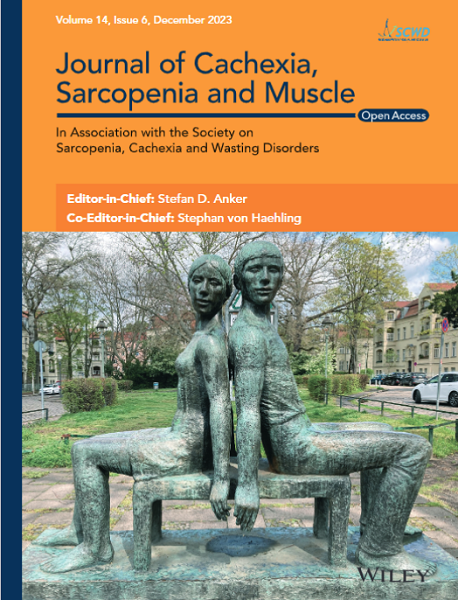High-Density Lipoprotein-Associated Cholesterol Abnormalities in a Clinical Outcomes Study of Dysferlin-Deficient Limb–Girdle Muscular Dystrophy Type R2
Abstract
Background
Limb–girdle muscular dystrophy (MD) type R2 (LGMDR2, formerly LGMD2B) is an autosomal recessive form of MD caused by variants in the dysferlin gene, DYSF. It leads to slow proximal and distal muscle weakening that generally results in loss of ambulation around early adulthood but without the lethal cardiorespiratory dysfunction observed in the more severe Duchenne MD. How loss of dysferlin causes muscle fibre death is poorly understood, but recent evidence suggests a link between muscle wasting and loss of muscle cholesterol homeostasis with circulating lipoprotein abnormalities in many forms of MD.
Methods
Cross-sectional circulating total cholesterol (CHOL), high-density lipoprotein-associated cholesterol (HDL-C), non-HDL-C, creatine kinase (CK), transaminase levels and bilirubin were collected as part of the Jain Clinical Outcomes Study of Dysferlinopathy, a large multicentre LGMDR2 patient cohort (N = 188), along with ambulatory function values.
Results
We report that 43%, 49% and 50% of male patients were found to have abnormal circulating CHOL, HDL-C and non-HDL-C levels, respectively, whereas in female patients 39%, 37% and 30% of values were in the abnormal range. Overall, 68% of the total cohort had at least one abnormal cholesterol value (78% of males and 60% of females) and 89% of male CHOL/HDL-C ratios were in the suboptimal range (above 3.5). Although most patients were ambulant, the severity of circulating lipid abnormalities did not correlate with early loss of ambulation. Transaminase levels were lower in late-stage LGMDR2 samples, whereas bilirubin remained unchanged, suggesting a low muscular mass rather than hepatic origin and the absence of major liver damage.
Conclusions
Data from the largest natural history cohort of LGMDR2 patients support the concept that dyslipidemia is a comorbidity of LGMDR2, and the causal role of cholesterol abnormalities in muscle death should be further investigated.


 求助内容:
求助内容: 应助结果提醒方式:
应助结果提醒方式:


